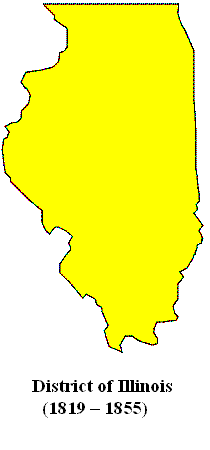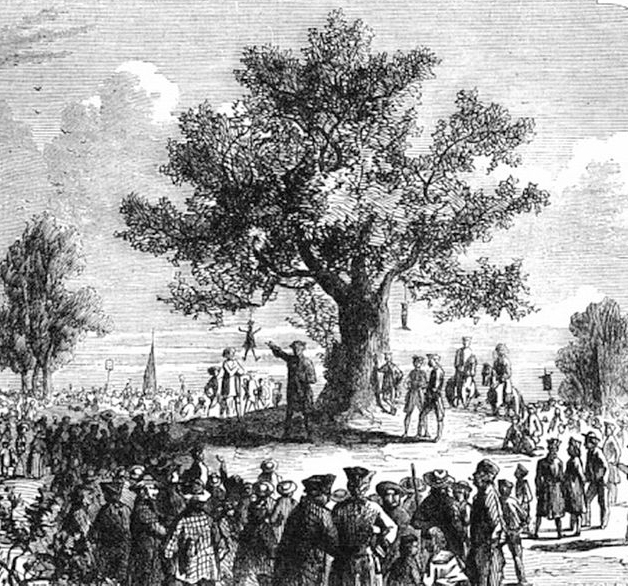|
John Sloss Hobart
John Sloss Hobart (May 6, 1738 – February 4, 1805) was a United States senator from New York and a United States district judge of the United States District Court for the District of New York. Education and career Born on May 6, 1738, in Fairfield, Fairfield County, Connecticut Colony, British America, Hobart graduated from Yale University in 1757. He studied law, was admitted to the bar and commenced practice in New York. He was a member of the Committee of Correspondence in 1774. He was a deputy to the Provincial Convention in 1775. He was a deputy to the Provincial Congress of New York from 1775 to 1777. He was a member of the Council of Safety in 1777. He was an associate justice of the Supreme Court of Judicature of New York from 1777 to 1798. He was a member of the Hartford Convention of 1780. He was a member of the New York convention which ratified the United States Constitution in 1788. Congressional service Hobart was elected to the United States Senate from New ... [...More Info...] [...Related Items...] OR: [Wikipedia] [Google] [Baidu] |
United States District Court For The District Of New York
The following are former United States district courts, which ceased to exist because they were subdivided into smaller units. With the exception of California, each of these courts initially covered an entire U.S. state, and was subdivided as the jurisdictions which they covered increased in population. Two of the district courts—those of South Carolina and New Jersey—were subdivided but later recreated. Every change to the divisions and boundaries of these courts is effected by an act of the United States Congress, and for each such action, the statutory reference is identified. Alabama The United States District Court for the District of Alabama was created on April 21, 1820, by .Asbury Dickens, ''A Synoptical Index to the Laws and Treaties of the United States of America'' (1852), p. 390. [...More Info...] [...Related Items...] OR: [Wikipedia] [Google] [Baidu] |
Committee Of Correspondence
The committees of correspondence were, prior to the outbreak of the American Revolutionary War, a collection of American political organizations that sought to coordinate opposition to British Parliament and, later, support for American independence. The brainchild of Samuel Adams, a Patriot from Boston, the committees sought to establish, through the writing of letters, an underground network of communication among Patriot leaders in the Thirteen Colonies. The committees were instrumental in setting up the First Continental Congress, which met in Philadelphia. Function The function of the committees was to alert the residents of a given colony of the actions taken by the British Crown, and to disseminate information from cities to the countryside. The news was typically spread via hand-written letters or printed pamphlets, which would be carried by couriers on horseback or aboard ships. The committees were responsible for ensuring that this news accurately reflected the views ... [...More Info...] [...Related Items...] OR: [Wikipedia] [Google] [Baidu] |
18th-century American Judges
The 18th century lasted from January 1, 1701 ( MDCCI) to December 31, 1800 ( MDCCC). During the 18th century, elements of Enlightenment thinking culminated in the American, French, and Haitian Revolutions. During the century, slave trading and human trafficking expanded across the shores of the Atlantic, while declining in Russia, China, and Korea. Revolutions began to challenge the legitimacy of monarchical and aristocratic power structures, including the structures and beliefs that supported slavery. The Industrial Revolution began during mid-century, leading to radical changes in human society and the environment. Western historians have occasionally defined the 18th century otherwise for the purposes of their work. For example, the "short" 18th century may be defined as 1715–1789, denoting the period of time between the death of Louis XIV of France and the start of the French Revolution, with an emphasis on directly interconnected events. To historians who ex ... [...More Info...] [...Related Items...] OR: [Wikipedia] [Google] [Baidu] |

